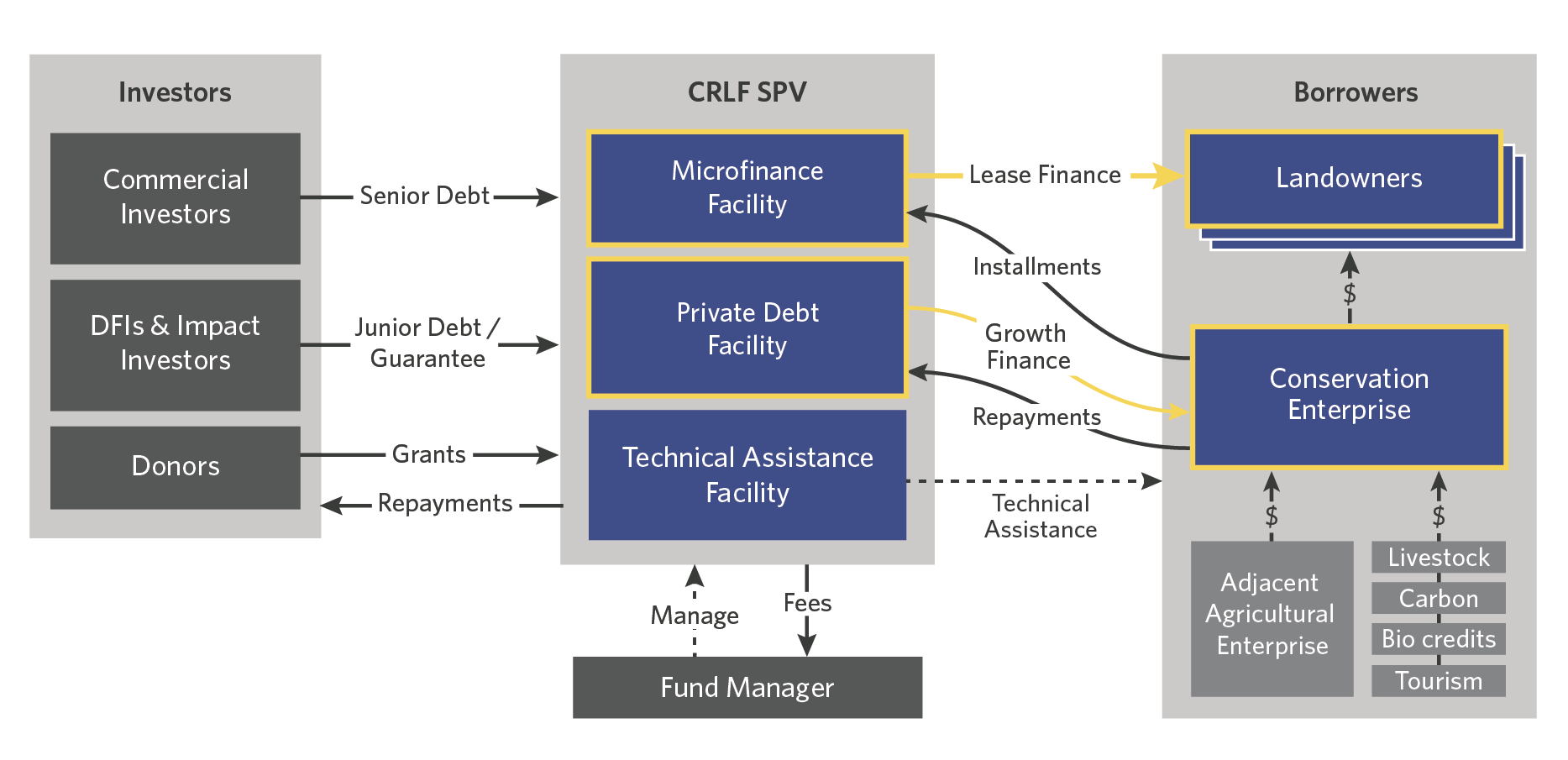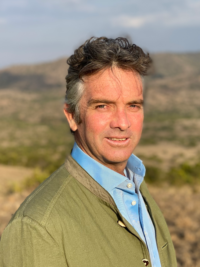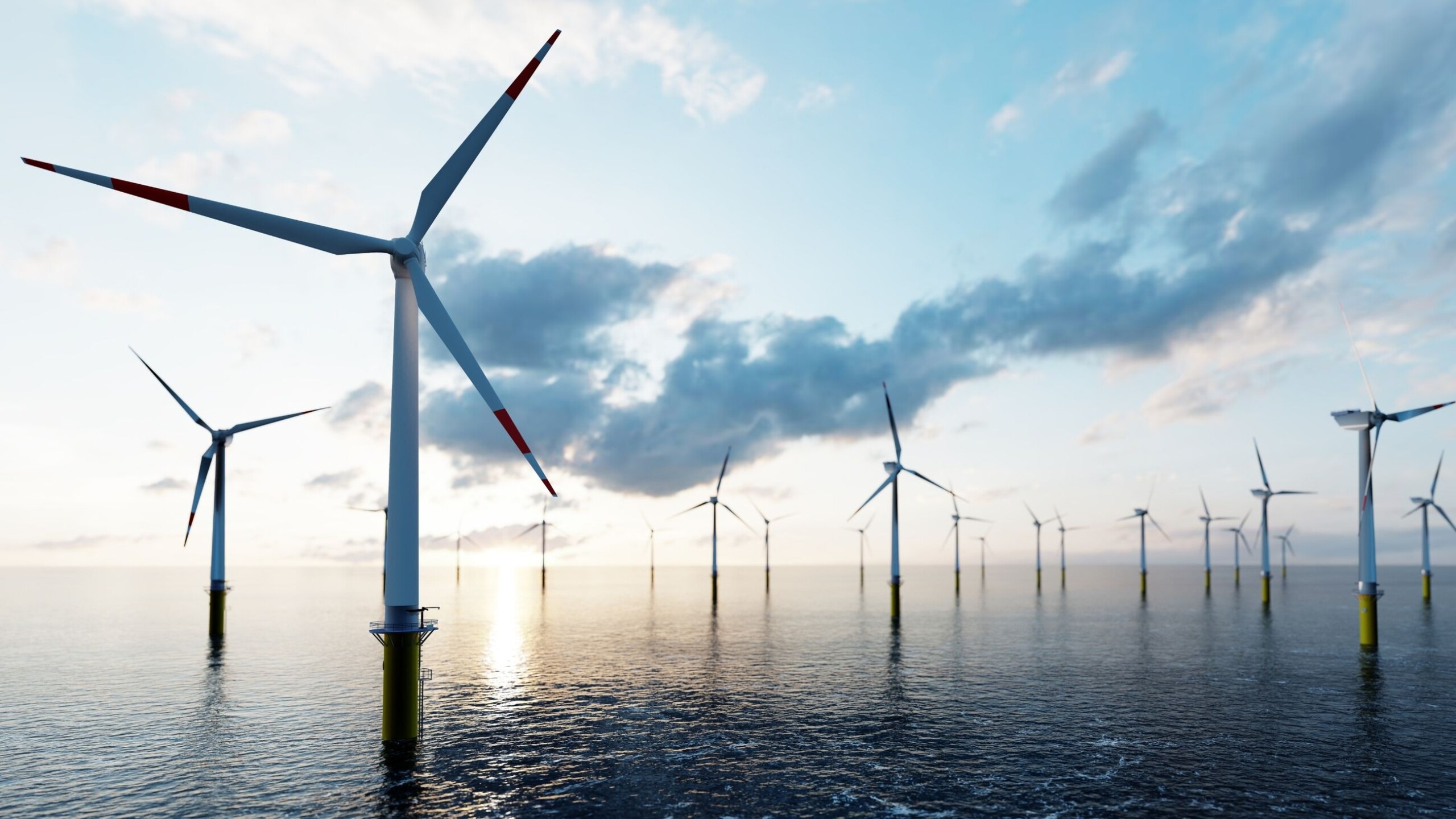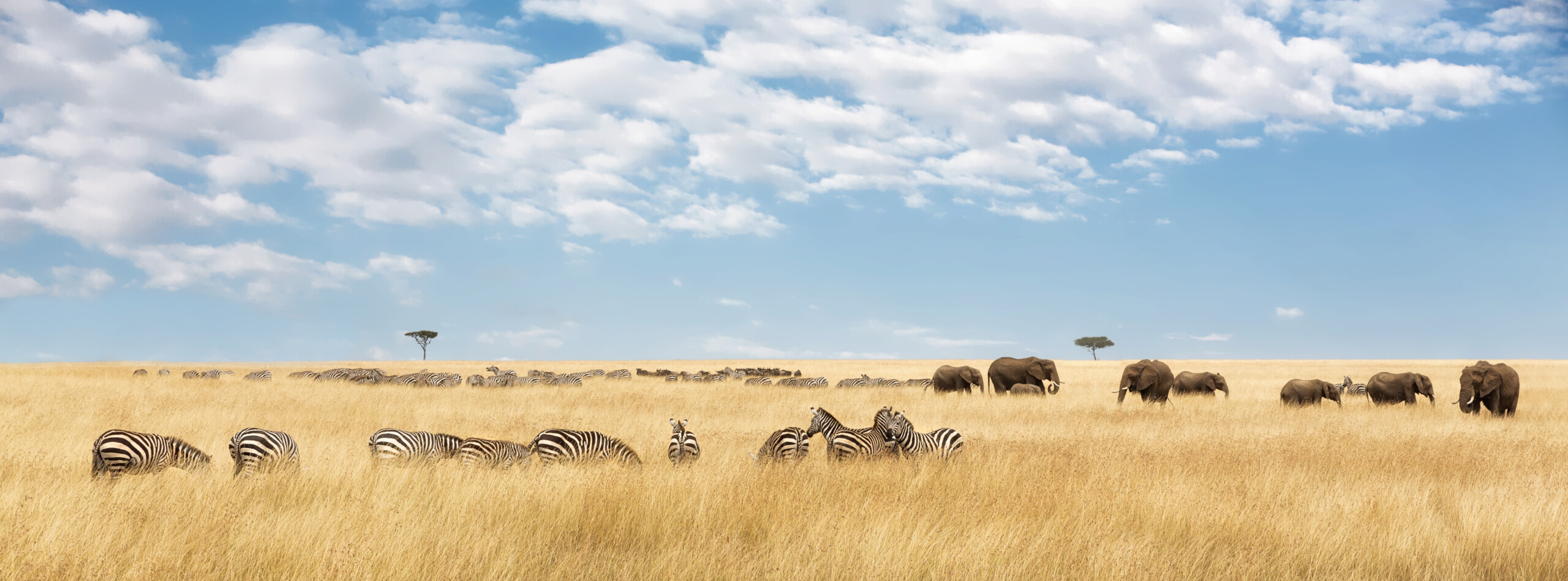Climate Resilient Landscape Finance (CRLF) is an innovative concessional debt facility combining microfinance, private debt, and technical assistance to address the underlying challenges to long-term sustainable, climate-resilient land management in and around African conservancies.
ABOUT
Africa’s protected areas are critical in safeguarding the continent’s biodiverse ecosystems. However, extractive commercial agriculture and urban and industrial development threaten important land for biodiversity conservation outside protected areas.
To meet the 30×30 goal of the Global Biodiversity Framework, an annual investment of USD 20-25 billion is needed to cover 30% of protected areas. However, traditional revenue streams – government, donor support, and tourism – only meet 10-20% of management needs. This means that current revenue sources are insufficient to manage the land, let alone provide landowners with economic incentives to forgo agricultural or other commercial development.
INNOVATION
CRLF is the first financial instrument to drive diversified expansion strategies with conservancy-led enterprises through structured microfinance and venture financing support, sharing the economic benefits with small landowners. This instrument taps growth in international markets for sustainable goods and services and nature-based attributes, increasing revenue flows to conservancy areas and enabling scaling.
Ringfenced investment opportunities in conservancy debt and microfinance portfolios target a diversity of local and international impact-seeking investor types. In this way, CRLF attracts private investors by addressing the traditionally unattractive risk/return profile and small scale of most existing opportunities in nature-based and conservation projects.
“A thorough evaluation and stress test of our innovative financing facility combined with expert analysis and input from the Lab’s partners will take our idea to the next level. As much as we aim for a successful and impactful launch of our facility, we also hope to inspire the next cohort of innovative climate investment instruments in Africa!”
Jonty Rawlins, Head of Sustainability – Platcorp
IMPACT
The pilot target market lies in the Maasai Mara in Kenya, home to approximately 25% of Kenya’s wildlife, with replication expected in other conservation areas in Kenya and neighboring countries.
CRLF has the potential to transform the economics of conservation-critical areas by monetizing the value of tourism, climate, biodiversity, and sustainable production while sharing these benefits with local communities.
During its first decade, it is expected to contribute to conserving and restoring over 90,000 hectares of land, sequestering over 1 million tC02e. CRLF will directly benefit 3,000 MSMEs and unlock USD 70 million value for the region.
DESIGN

The instrument is designed as an umbrella facility with a representative governance body setting investment strategy and policy and monitoring the operation of three synergistic facilities:
A microfinance facility, capitalized in local currency, offering concessional lease-backed loans to local landowners, fostering financial inclusion through preferential terms, and complemented by technical assistance to support the development of sustainable livelihoods and MSMEs.
A private debt facility, capitalized in dollars, offering patient and concessional growth financing to conservancy enterprises and potentially sustainable agriculture and forestry operators around conservation areas.
A technical assistance facility encompassing business development and support services to enhance the growth and governance of local enterprises, as well as nature finance expertise to establish linkages to international carbon and biodiversity markets.
CRLF is an evergreen structure, with all surpluses to be reinvested in conservancy areas. To drive responsible stewardship, all borrowers must adhere to environmental, social, and governance covenants tied to preferential loan terms. These features build durable incentives for sustainable land management in biodiversity-rich areas.



